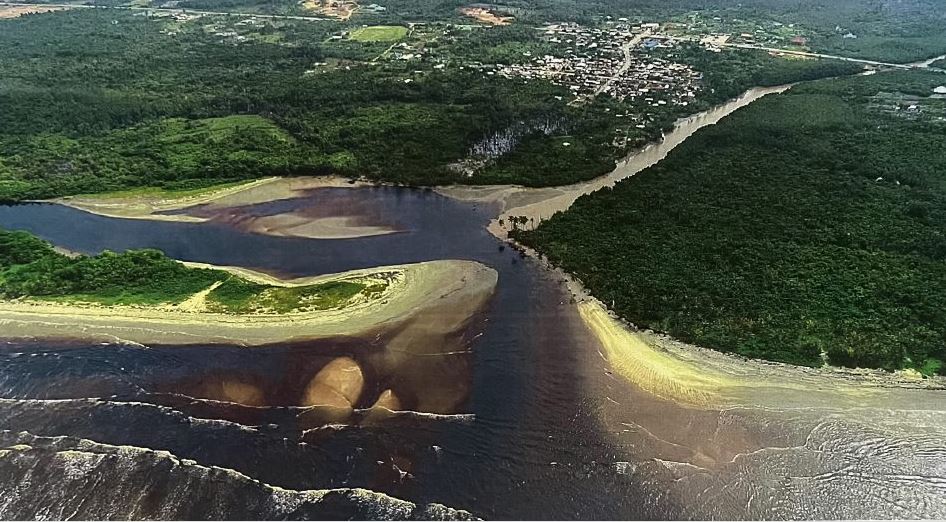By Albert Oppong-Ansah
Accra, Feb. 22, GNA - The Environmental Protection Agency (EPA) has outdoored an updated version of the environmental sensitive atlas of the coastal areas of the country to respond to potential oil spills.
It details sensitive assets, including hotels, landing beaches, towns, mangroves, salt production centres, harbours, estuaries, which stretches from Aflao in the Volta to New Town in the Western regions.

The atlas shows the environmental values in different areas, combined with information about how the objects are affected by different types of emissions
Dr Henry Kokofu, Executive Director of EPA, who launched the atlas at a brief event in Accra said the emergence of the upstream oil and gas sector had increased the risk of all spill to human, ecological and economic resources within the coastal zones of Ghana.
It was developed by the EPA with funding from the government of Norway.
He stated that the atlas would serve as a guide for the response team on the best approach to addressing oil spill by any transiting vessel or spill by oil companies operating on the 550-kilometer shores of the country.
The Executive Director said the oil spill incidents were a wake-up call for the country to take proactive steps to deal with any unforeseen occurrence to protect marine lives.
“This is to ensure that a response will be managed effectively, preparations for a spill is a responsibility that is shared by both government and industry. In the event of a spill, all involved parties must act collaboratively and with a degree of coordination to achieve the highest level of response effectiveness,” he said.
Dr Kokofu stated that Ghana and Norway had cooperated closely under the Oil for development programme for the past 15 years.
The Ministry of Environment, Science, Technology and Innovation and the Environmental Protection Agency – EPA – as partners on the Ghanaian side and the Norwegian Environmental Agency as the main Norwegian counterpart.
He said the programme components included the management of petroleum resources as such, the revenues from the sector and the environmental aspects of oil exploration and production.
Mr Kyrre Holm, Minister Counsellor/ Deputy Head of Mission at the Norwegian Embassy, said the collaboration had yielded positive gains by contributing to the establishment of dedicated oil and gas units that had helped enable EPA to process environmental impact assessments, issue permits and conduct inspections.
An environmental policy for the oil and gas sector has been developed through a series of consultation rounds and expert assessments.
He said a set of regulations on pollution control from petroleum exploration and extraction had been finalised through the partnership.
Mr Holm said the atlas would help decision makers plan industrial and other operations with due consideration of environmental and social risk.
It will be critical for preparedness related to petroleum-related activity and can also be useful for planning land use in the coastal zone.
“We welcome that the maps in the atlas will be published on the web, as this will increase transparency in and strengthen access to crucial information for the sustainable development of Ghana’s coast,” he said.
Mr Holm reiterated that despite success stories like that of Ghana, the Norwegian government had decided to phase out the Oil for Development programme globally by the end of 2024.
He said the impacts of climate change and the global goal of energy transition to ensure sustainable development had occasioned that decision.
Norway, he announced would enhance its cooperation with Ghana under the Norwegian Oceans for Development programme, of which key aspects of the environment component of Oil for Development could be continued under the Oceans for Development programme.
GNA